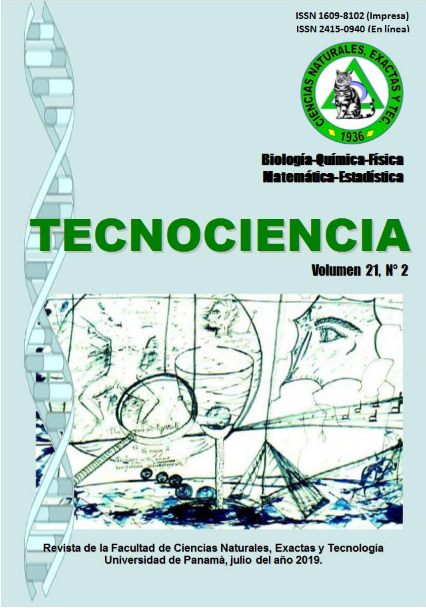

The capacity of different larval stages of Ocyptamus gastrostactus (Diptera: Syrphidae) larvae to predate apterous aphids of Toxoptera citricida at different prey and predator densities was evaluated under laboratory conditions. Plants of Citrus sinensis (sweet orange) of 18-30 cm high and having approximately 20 leaves were used to run the experiments. Cylinders of fine metallic mesh of 20 cm diameter and height depending upon citrus plants size, were used to cage plants, predators and preys and carry out observations. Aphids and predators were homogeneously distributed on the leaves and stems of each plant and the predation capacity of each larval stage was evaluated. In order to do this, 10, 20 and 30 aphids with 1, 2 and 3 predators of each larval stage per prey density were placed together on each plant. As the number of predators increased, individual predatory effectiveness increased as well as the total predatory effectiveness. When three predators were introduced in the observation system, approximately 100% of predation was observed independently of prey number. Predation results were registered at 24 hours repeating each experiment three times. Qualitative observations on O. gastrostactus larvae predation behavior complemented this study.